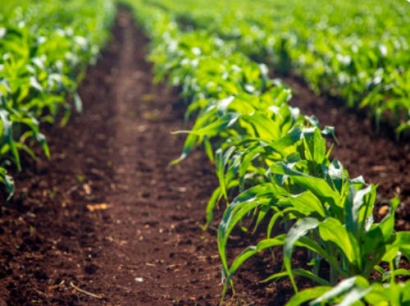
In addition, CE+P Permitting Manager Nathan M. deBoom has been named a member of JBEI’s Advisory Committee, which is comprised of strategic advisors from across the research spectrum including representatives from national labs, academia, and industry.
The new partnership will jointly pursue research and grants to support new technologies and processes for breaking down byproducts of the planned sugarcane crop as a source for even lower-carbon energy products, including advanced cellulosic ethanol. In addition to JBEI, research will also be implemented by the Advanced Biofuels and Bioproducts Process Development Unit (ABPDU) of the Lawrence Berkeley National Lab.
“We are excited and honored to partner with JBEI and ABPDU and look forward to working together to revolutionize the science of producing even lower carbon fuels,” said Ronald G. Blake Jr., Chief Financial Officer for CE+P. “We envision this work could create new opportunities for the entire Biofuel industry, and ultimately our operation as well by enhancing the output of our Sugar Valley Energy campus.”
"The world has not yet cracked the problem of cost-effective conversion of lignocellulosic biomass into higher value products, and we intend to do just that with CE+P as applied to sugarcane non-food waste streams,” said Blake Simmons, JBEI Chief Science & Technology Officer. “This is a great opportunity for JBEI and CE+P to demonstrate an affordable and scalable technology that could benefit the local community but also be applied more broadly to help meet the challenges of climate change."
Simmons added JBEI has developed a patent-pending approach that begins by treating biomass with a class of inexpensive solvents called alkanolamines. Alkanolamines are distillable, meaning that they can be efficiently recovered and reused in the same process. Initial lab tests have demonstrated that the alkanolamines release very high levels of sugars, as well as a separate stream of lignin. The system is run at low temperature and requires minimal energy input.

